Publications
Edible City: How Urban Gardens Transform Cities Beyond Food
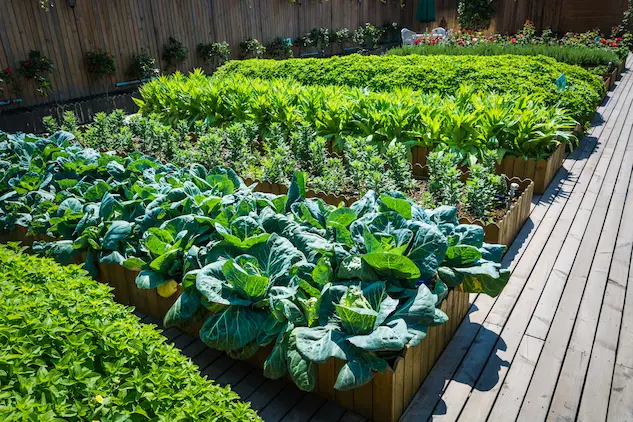
Edible cities integrate urban gardens into public spaces, delivering multiple social, ecological, and economic benefits beyond food production. From Andernach to Belgrade, European cities are piloting edible landscapes as infrastructure for climate adaptation, community building, and environmental education. Research shows that inclusive, co-designed programs yield stronger social outcomes than purely technological approaches. Practical guidance for planners emphasizes mapping, governance, skills pipelines, and a mosaic of micro-sites to maximize impact.
Read MoreEdible City: How Urban Gardens Transform Cities Beyond FoodEnergy Week 2025 and Beyond: An Interview with Inessa Shahnazarova on Opportunities in the Western Balkans

The Western Balkans is stepping onto the energy stage with new auctions, ambitious targets, and a push to integrate into Europe’s power market. In this interview, Inessa Shahnazarova, Founder and Executive Director of Invest In Network, shares why 2025 feels like a turning point for the region. From grid modernization to fresh opportunities for investors, she explains what makes this year’s Energy Week is so important.
Read MoreEnergy Week 2025 and Beyond: An Interview with Inessa Shahnazarova on Opportunities in the Western BalkansSustainable AI for Cities: Strategic Priorities, Challenges, and Long-Term Impact

As cities strive to become carbon neutral and resilient to climate effects carbon neutral, AI can play a pivotal role in driving this transformation. This article explores the dual nature of sustainable AI for cities — both as a tool for solving sustainability challenges and as a system that must itself be ethical and sustainable by design.
Read MoreSustainable AI for Cities: Strategic Priorities, Challenges, and Long-Term ImpactShenzhen Sets a New Benchmark for Cruising-Network Synergy with China’s First Smart Taxi Platform
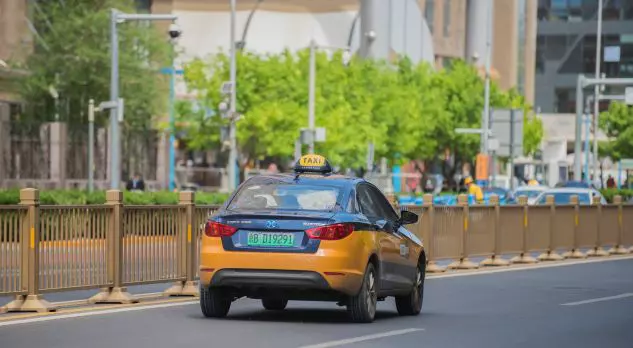
Shenzhen has unveiled “SZ Sit in Taxi,” China’s first smart taxi platform, setting a new global benchmark for Cruising-Network Synergy. By merging AI, data-driven dispatch, and scenario-based services, it transforms the taxi sector into a more transparent, efficient, and human-centered mobility ecosystem for both passengers and drivers.
Read MoreShenzhen Sets a New Benchmark for Cruising-Network Synergy with China’s First Smart Taxi PlatformSteering Autonomous Vehicles and Sustainable Cities Toward a Liveable Future
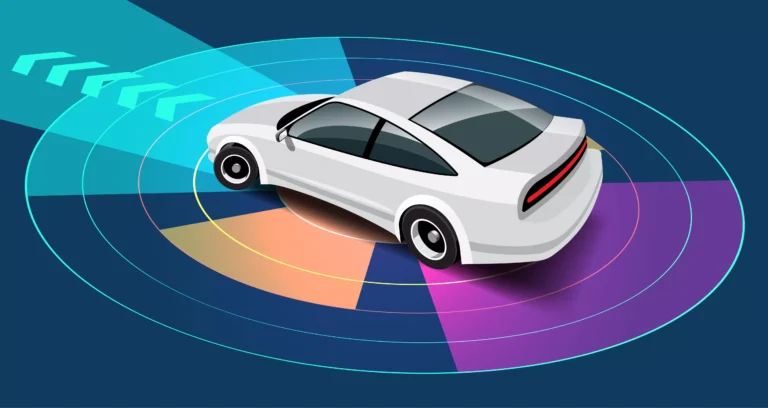
Autonomous vehicles (AVs) could either deepen car dependency or support sustainable, liveable cities. This article contrasts two scenarios: private AVs driving congestion versus shared AVs integrated with transit. Drawing on examples from Singapore, Phoenix, and Stockholm, it highlights key tools — transport hierarchy and road pricing — to guide cities toward greener, fairer futures.
Read MoreSteering Autonomous Vehicles and Sustainable Cities Toward a Liveable FutureIs “Highways and Low-Altitude” a Viable Business Model?
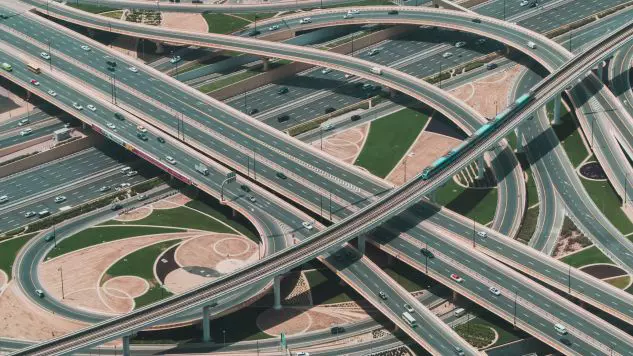
The integration of China’s highway infrastructure with the growing low-altitude economy offers a cost-effective way to expand transport capacity. By converting underused service areas into drone hubs, upgrading navigation systems, and coordinating energy networks, the model can improve logistics efficiency, strengthen emergency response, and reduce emissions. This approach promises significant economic returns and social value, provided that policy, technology, and community engagement advance in step. The article is provided by our media partner 7ITSNEWS.
Read MoreIs “Highways and Low-Altitude” a Viable Business Model?The Rise of City Harbor Swimming in Modern Cities
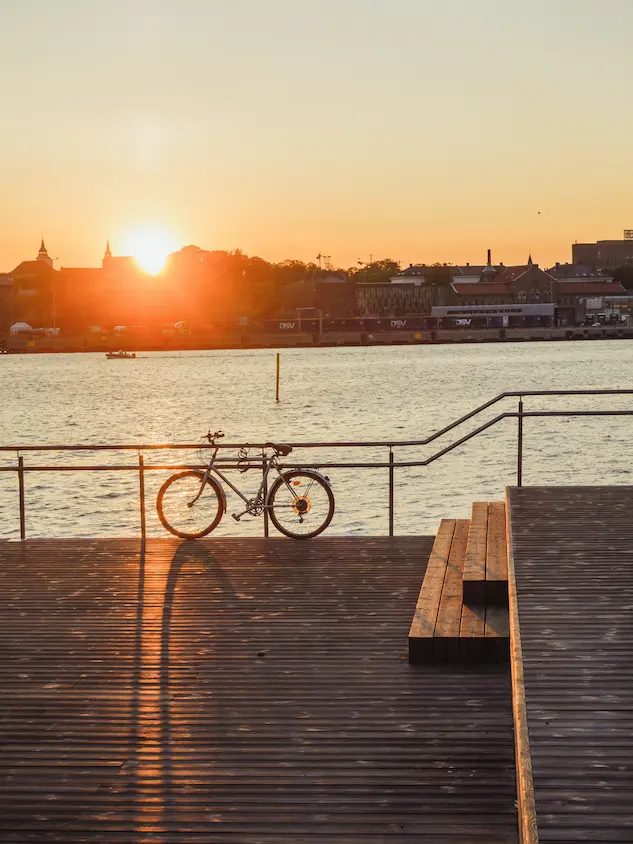
Harbor baths turn urban waterways into vibrant, accessible public spaces. City harbor swimming not only provides recreation but helps cities cope with rising heat and climate stress. Northern European cities like Copenhagen have shown how design, water quality management, and civic engagement can reclaim polluted harbors. Today, these spaces combine wellness, sustainability, and social inclusivity, redefining the city’s relationship with its water.
Read MoreThe Rise of City Harbor Swimming in Modern CitiesSetting the Stage for Change: The Vision Behind the Upcoming SBS Leaders Forum
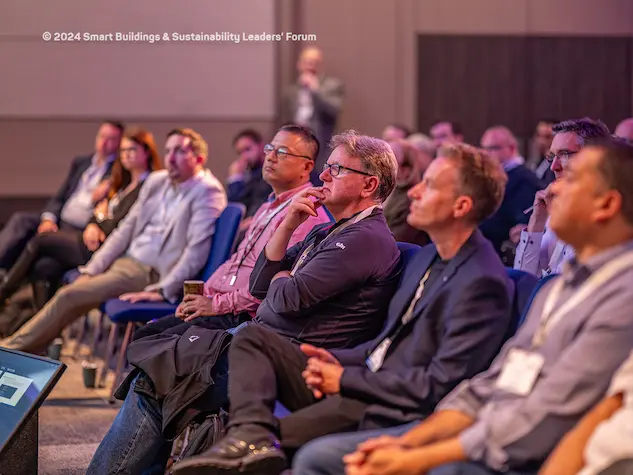
As part of our partnership with the Smart Building and Sustainability Leaders Forum, we spoke with Geoff Archenhold, Chair and Co-Founder of the event, to discuss the Forum’s unique approach to driving practical change in the built environment sector. Set to take place next month, the SBS Forum has quickly gained recognition as a vital platform for cross-sector collaboration on smart and sustainable buildings. In this interview, Geoff shares the vision behind the Forum, the challenges it aims to address, and why bridging the gap between technology, policy, and real-world implementation is more urgent than ever.
Read MoreSetting the Stage for Change: The Vision Behind the Upcoming SBS Leaders ForumBelgrade’s Green Cover in Crisis: How a June Heatwave Stripped the City’s Vegetation

In June 2025, Belgrade experienced record-breaking heat, leading to a sharp decline in urban vegetation. Using NDVI data from Landsat satellites, this article analyzes the spatial and sectoral impacts of the heatwave on Belgrade’s green cover. Parks, residential zones, and industrial areas all showed significant vegetation stress, revealing disparities in resilience. The findings frame vegetation as critical infrastructure—essential for cooling, health, and economic stability—and call for urgent adaptation in urban planning amid escalating climate risks.
Read MoreBelgrade’s Green Cover in Crisis: How a June Heatwave Stripped the City’s VegetationWho Can Afford Sustainability? The 2025 SDG Index at a Crossroads

In 2015, countries adopted the 17 Sustainable Development Goals (SDGs) to end poverty, build sustainable cities, and take climate action. Yet not everyone can afford a sustainable future. A decade on, the world marks a milestone with the 2025 Sustainable…